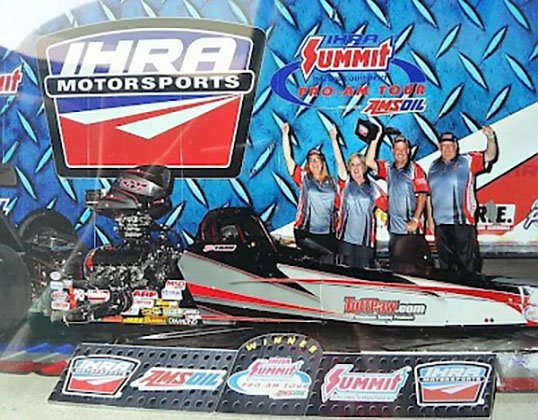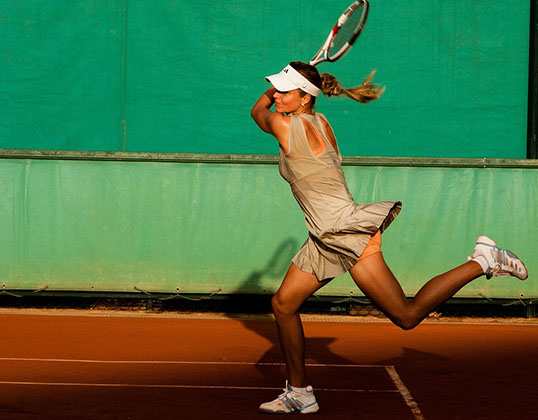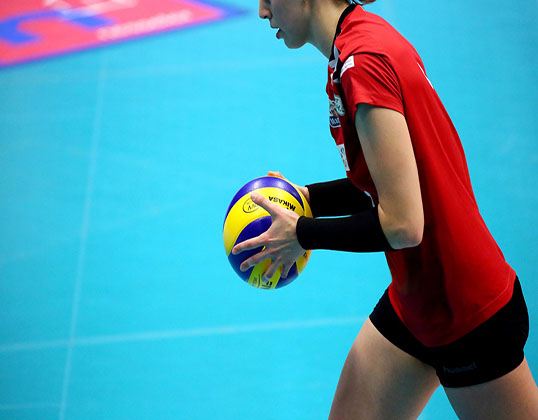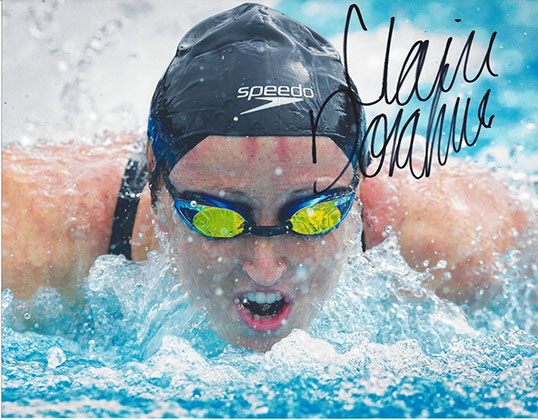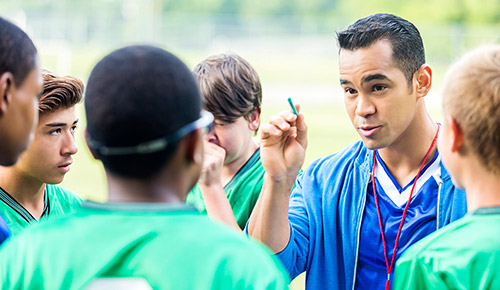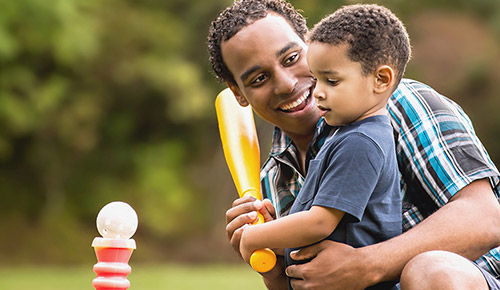AASP Blog for Athletes, Coaches, and Parents
Category: Mental Skills Training
Managing Emotions in Sport
By
Published
There is no construct of human psychology and functioning more prevalent in sport than emotion. Mood, emotions, and general affect can influence every movement in every sport. Consider a typical 45…
Read MoreWhy Mindset and Failure Matter in Performance
By
Published
Nicole Detling discusses the importance of your mindset for performance and the importance of learning from failure.
Read MoreAuto Racing & Mental Skills
By
Published
Tami Eggleston gives a few tips on how auto racers (and other athletes) can use mental skills to help them get the most out of their practices.
Read MorePrinciples of Effective Goal Setting
By
Published
1. Make goals specific, observable and in measurable terms – Setting general goals such as improving your shooting percentage in basketball is easy but it becomes hard to determine how to…
Read MorePlaying Pressure Points
By
Published
Tennis is a game of momentum. When a player makes a dramatic shot at a critical time, the momentum is likely to be on their side. When an unforced error occurs, frustration mounts and momentum can…
Read MoreCue Statements: Staying Focused at Critical Times
By
Published
Emily is a collegiate volleyball player. As a defensive specialist, she often receives serves and establishes the defensive plays for her team. She has recently struggled with losing concentration and…
Read MoreNCAA Swimmer Develops Mental Skills That Carry Her Beyond Olympic Medal
By
Published
Western Kentucky University graduate Claire Donahue set many records as a swimmer for her NCAA Division I school. Today she is a member of the USA Swimming team competing internationally, as well as…
Read More




